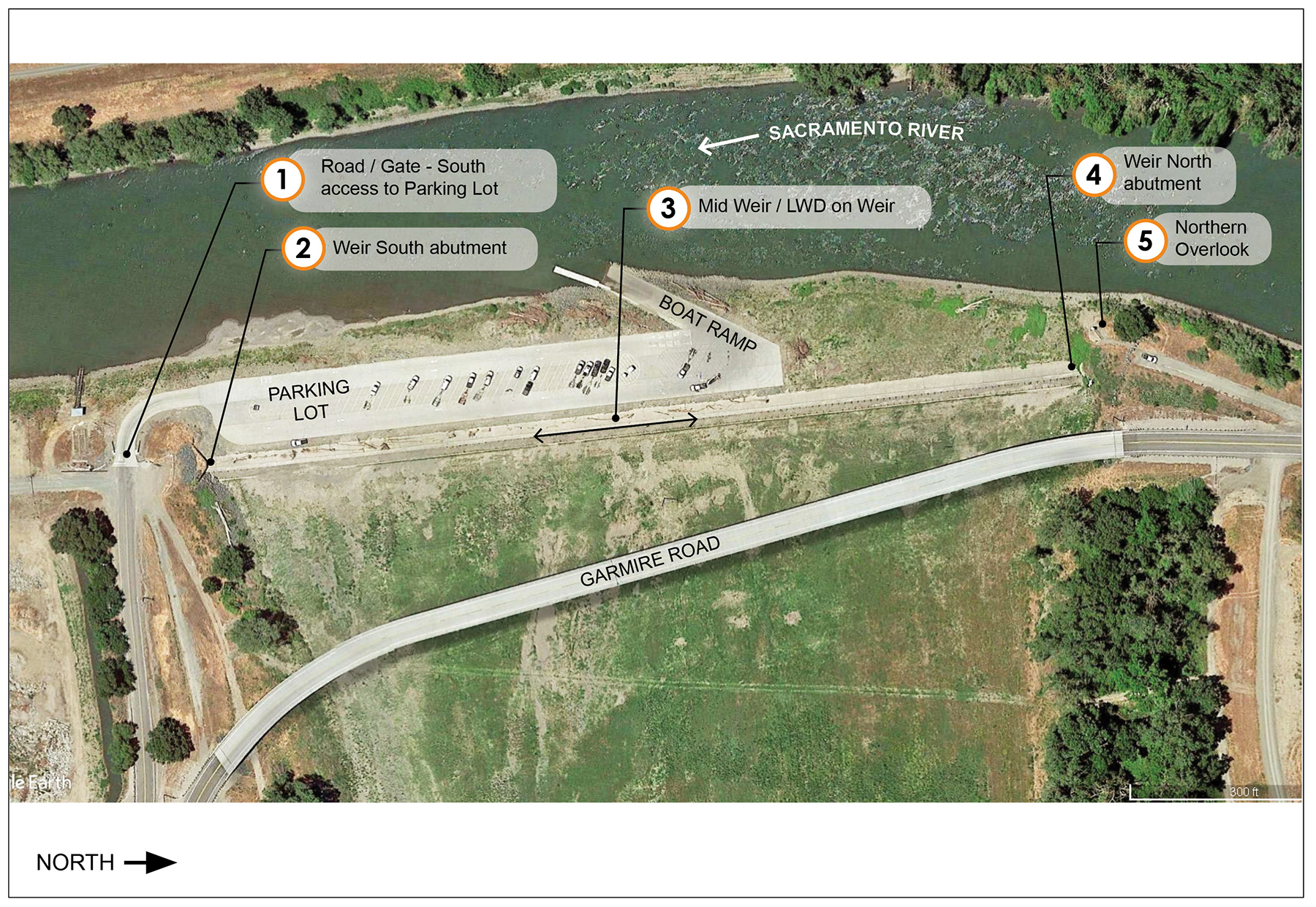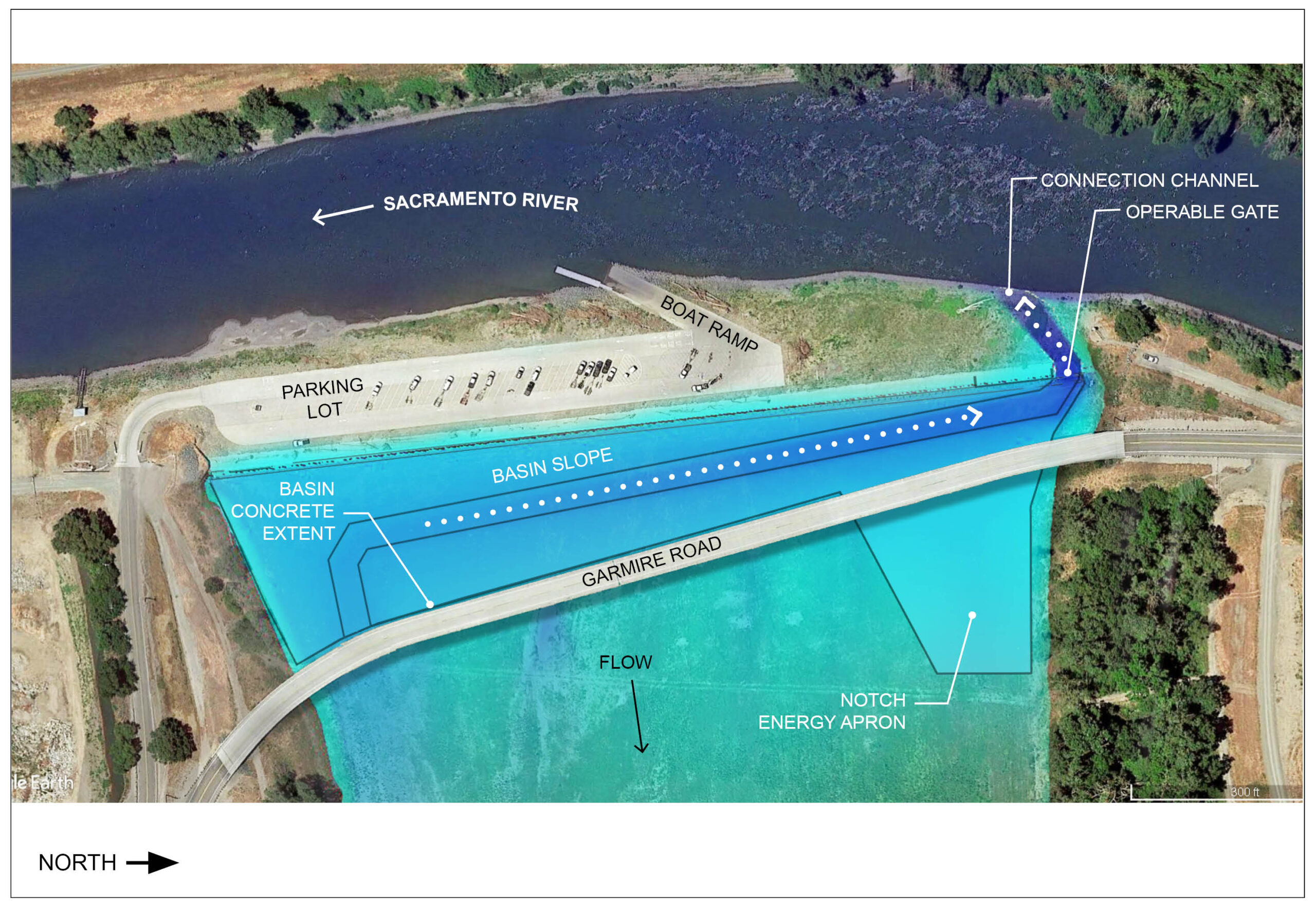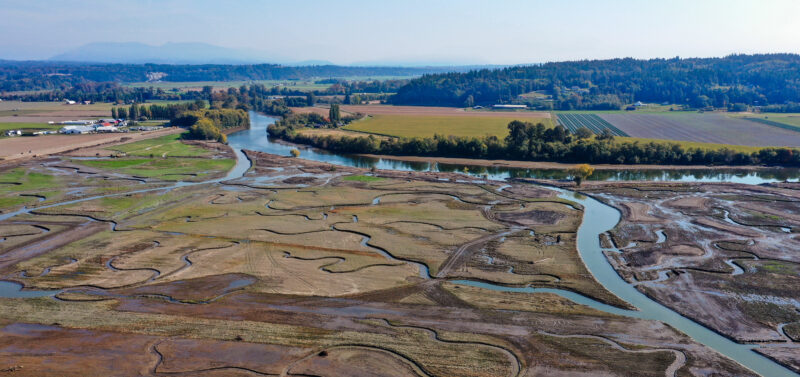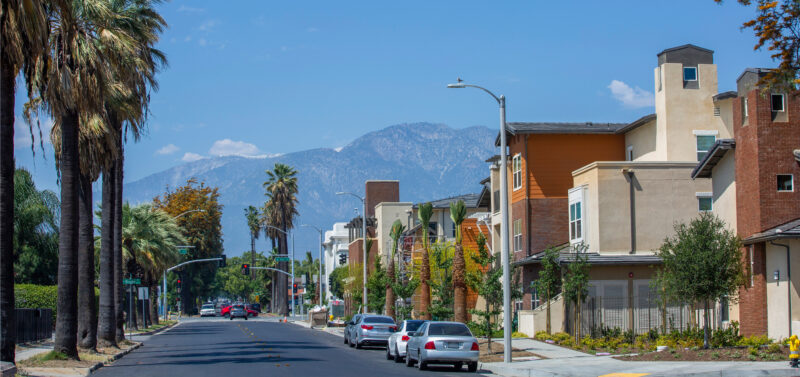The commercial drone package delivery sector is growing rapidly, with multiple operators looking to gain...
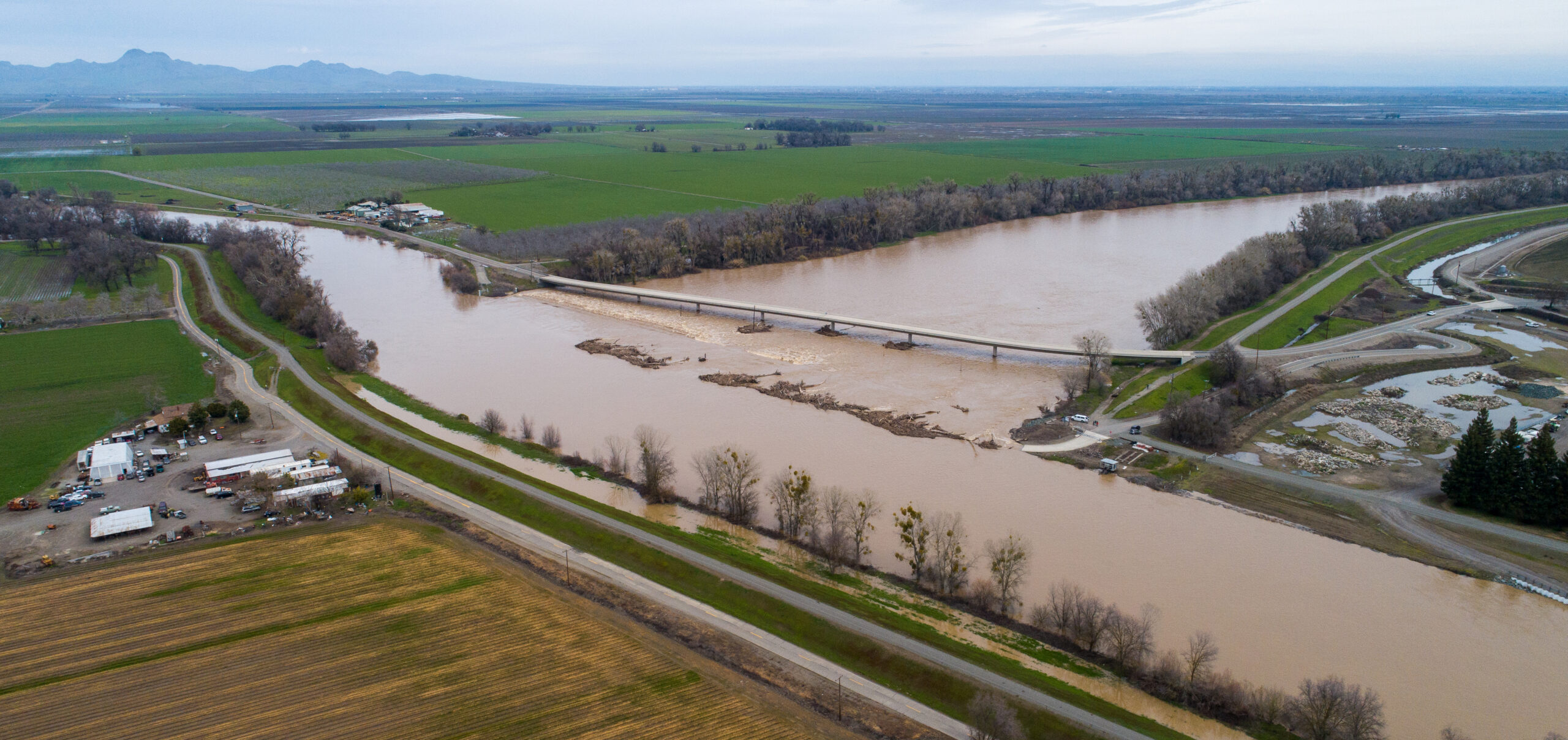
Tisdale Weir Rehabilitation and Fish Passage Project
The Tisdale Weir and Bypass are critical components of the greater Sacramento River Flood Control Project (SRFCP). Located on the east bank of the Sacramento River, the weir is designed to divert excess Sacramento River flood waters into the bypass, a four-mile long floodplain area directing flow eastward into the Sutter Bypass.
Why does this project matter?
The Project will rehabilitate the Tisdale Weir to extend its design life by an additional 50 years or more, and address a known fish passage barrier that presently results in stranding and loss of anadromous and other fishes, including listed salmonid species and green sturgeon. Despite the existing fish passage and stranding issues at the weir, the bypass also provides significant inundated floodplain habitat benefits for juvenile fish.
What is ESA doing to help?
ESA supported DWR which included planning, data collection, analysis, engineering analysis and design, environmental regulatory compliance for rehabilitating the Tisdale Weir, including design of a gated notch through the weir and connection channel to the Sacramento River to improve fish passage.
Left, the existing Tisdale Weir and upstream extent of the Tisdale Bypass. Right, the proposed weir rehabilitation design will add a significantly expanded energy dissipation apron integrated with a fish collection basin that drains back through a new gated notch and connection channel to the river.
The Project will address key flood risk concerns associated with the aging and deteriorating condition of the weir and its appurtenances. Installation of an improved energy dissipation structure and fish collection basin, gated fish passage notch, and connection channel will allow migratory fish to return to the Sacramento River as flow to the bypass recedes. These outcomes support a primary goal of the Central Valley Flood Protection Plan (CVFPP) to improve food risk management while achieving specific supporting goals including improving operations and maintenance (O&M), promoting multi-benefit projects, promoting ecosystem functions, as well as addressing the CVFPP’s Conservation Strategy goal to eliminate key stressors such as fish passage barriers. The project was put out to bid by DWR in October 2024 and is anticipated to go to construction in 2025.
Connect with our team
Details
Location Sutter County, California
Market Water
Services
Air Quality
Greenhouse Gas Mitigation
Biological Resources
Fish and Aquatic Sciences
Cultural & Historic Resources
Archaeology
Environmental Permitting & Compliance
Permitting Assistance
Environmental Review & Documentation
California Environmental Quality Act (CEQA)
National Environmental Policy Act (NEPA)
Flood & Stormwater Management
Hydrology, Hydraulics & Geomorphology
River Engineering & Management
Planning
Community Engagement
Technology
Custom Application Development
Geospatial
Restoration
River & Floodplain Restoration
News & Ideas
ESA is leading dozens of restoration projects across the Pacific Northwest, in collaboration with tribes...
This new framework marks a significant change in how historic resources are considered during environmental...
Drones are reshaping industries from infrastructure, to agriculture, to emergency response—and the FAA's proposed new...
With the shutdown behind us, federal agencies and Congress are shifting back into gear and...
Kay will lead ESA’s firmwide growth strategy, aligning business development, client engagement, and marketing to...
